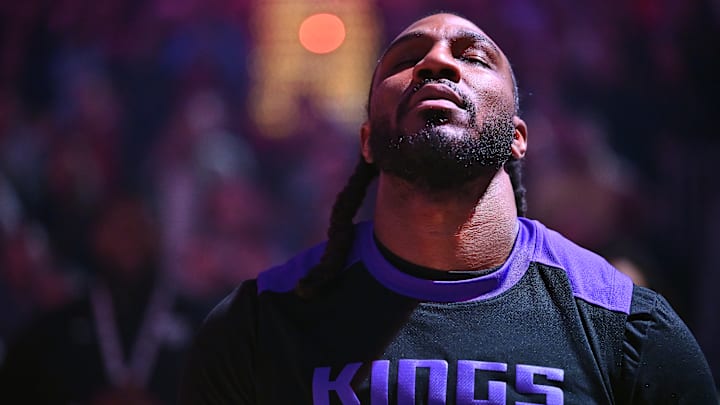The brutal reality of this summer's free agent market is delivering Milwaukee's front office the ultimate vindication. While former Bucks languish unsigned and aging veterans scramble for minimum contracts, the Bucks' aggressive youth movement looks more prescient by the day.
The free agent market proves the Bucks were right to change everything, with lots of former Milwaukee players – Jae Crowder, Cameron Payne, Delon Wright, and others – still searching for teams willing to take a chance on their declining skills.
These aren't just former role players; these were guys Milwaukee prioritized and paid real money to acquire, only to discover they were chasing names rather than production.
The list of unsigned ex-Bucks is exactly why this year had to be different
Crowder's continued unemployment tells the entire story. Once viewed as the perfect veteran 3-and-D wing, he's now a 35-year-old whose shooting has become unreliable and whose defensive mobility has visibly declined. Milwaukee traded for him thinking they were getting playoff-tested toughness, but instead got a player whose best days were already behind him. And his short-lived stint in Sacramento only proved why the Bucks were right to let him go when they did.
The Payne situation is equally telling. Once a steady score-first point guard who could buoy any second unit, it seems his best days are behind him. He scored just 6.9 points and 2.8 assists on 36.3 percent shooting from distance for the Knicks this past season.
Wright's market reception might be the most damaging to the old Milwaukee philosophy. The Bucks clearly snatched him on a minimum deal to be their defensive solution at the point-of-attack, but it was clear just a few short weeks into the season that he was no longer that kind of player.
The hope now is that Milwaukee recognizes its biggest mistake these past few years: chasing name recall instead of building for the future. These former Bucks weren't just aging – they were nearly out of the league but still recognizable enough to fool decision-makers into believing they had value left.
The current approach of Jon Horst and company is much more encouraging these days. Instead of signing familiar names with diminishing skills, they've prioritized young players with upside and athletes who can grow within their system. The market has validated this strategy by essentially rejecting the alternatives.
There's still cause to be wary, though. The Bucks' interest in veteran names like Chris Paul and Marcus Smart is well-documented by league insiders. Those aren't necessarily washed players, to be sure, but had the Bucks landed them, they would be just the latest in a long history of going after older, more established veterans in a league strongly leaning into its youth movement.
But these free agent struggles paint a picture of how quickly NBA careers can deteriorate. Players who seemed valuable just two seasons ago are now viewed as liabilities by teams across the league. And Milwaukee's willingness to cut ties before this decline became obvious shows improved organizational judgment compared to just a few years ago.
This free agent market is validating Milwaukee's roster construction and laying bare the flaws in their previous approach. The Bucks needed to get younger, not accumulate guys who were nearly out of the league but recognizable enough to create false confidence.
The harsh reality of this summer's free agent market has become Milwaukee's greatest recruiting tool: they're no longer the team where careers go to die.
And hopefully, in a few years, they will turn into the basketball club where young players go to develop alongside championship-caliber stars.
Sometimes the best validation comes from watching your former approach fail spectacularly.
